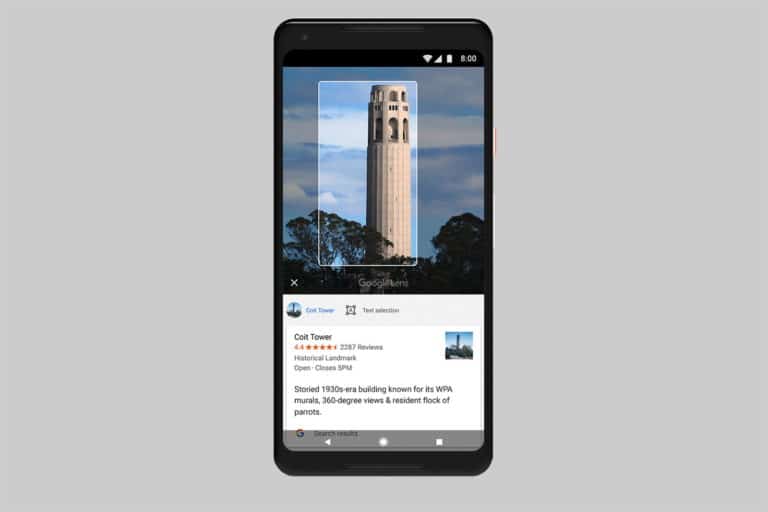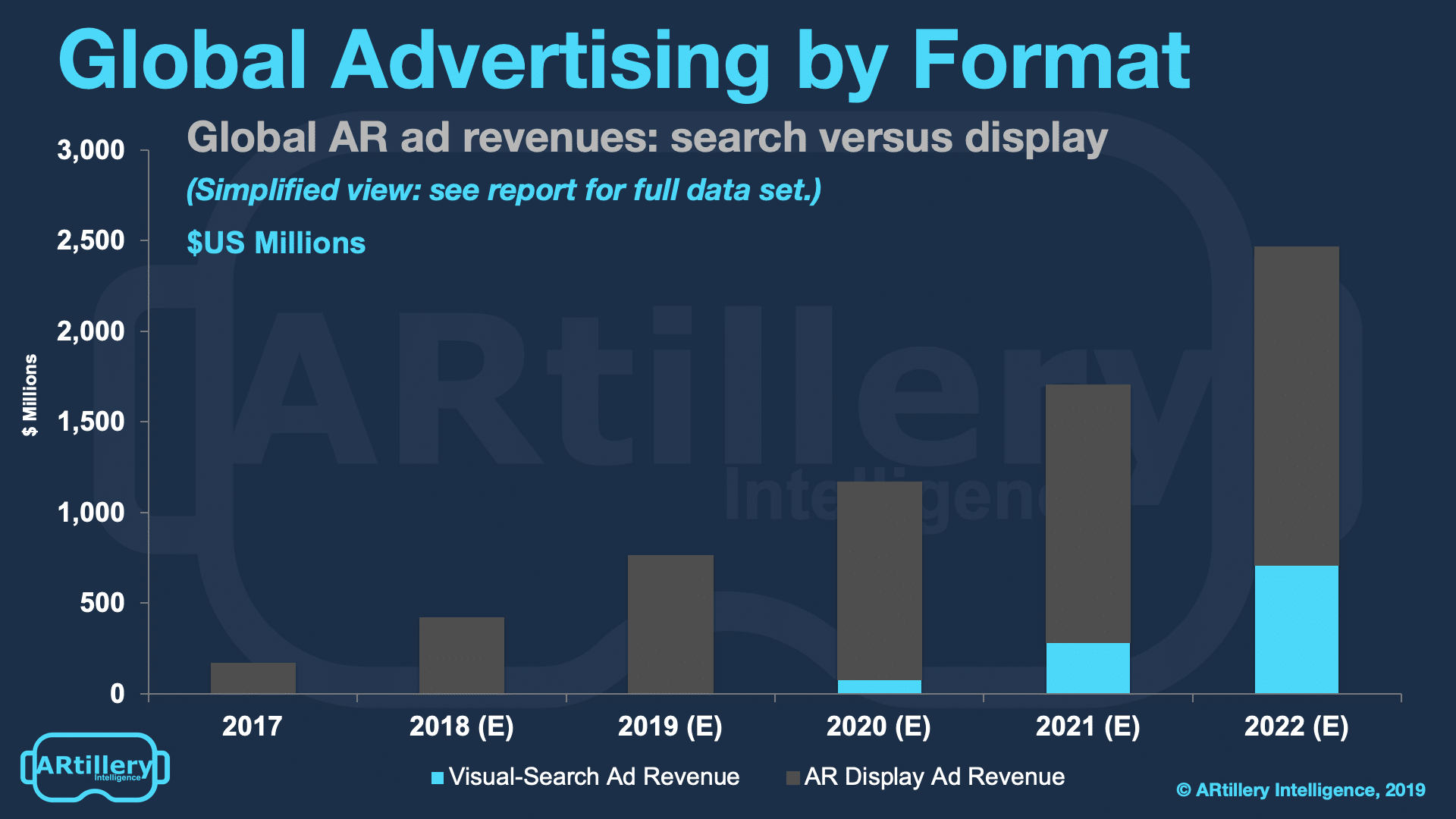
Data Point of the Week is AR Insider’s dive into the latest spatial computing figures. It includes data points, along with narrative insights and takeaways. For an indexed collection of data and reports, subscribe to ARtillery Pro.
One billion seems to be the magic number in spatial computing. Facebook recently announced a billion AR lens engagements over the past year. Google previously announced one billion objects searchable with Google Lens. Now it’s adding to that figure with a billion visual searches to date.
As background, the above invokes a few flavors of AR that all sound the same. Lenses involve socially-shared photos that are adorned with whimsical overlays. Visual search is a computer-vision based technology to point your phone at any item to contextualize it, a la Google Lens.
Social lenses are the most popular AR format to date, mostly including Snapchat but followed closely (and potentially eclipsed soon) by Facebook. The latter includes the sleeping giant of shareable AR Lenses: Instagram, which will get full AR integration this summer.

But though social AR lenses have that head start, we believe visual search will eventually grow to be a more prevalent (and monetizable) use case. That follows a typical arc of new technologies — starting with social or gaming, but maturing to also include high-frequency utilities… like search.
These two developing forms of AR also map to how advertising models will formulate. Just like the current digital advertising landscape is bisected by display and search, AR monetization will do the same. AR Lenses follow display properties, while visual search follows… search.
And just like the evolution of digital advertising, display is out of the gate first. Search’s subsequent arrival has more technical complexity (machine learning, object recognition, etc.). But search will eventually be more valuable — as a utility and an ad format — due to explicit user intent.

The point of this thought exercise and historical tangent is to say that Google’s latest Lens figures indicate that it is indeed growing. This figure joins data from our most recent wave of survey research with Thrive Analytics, showing 24 percent of AR users are engaging visual search.
Both visual search data points come at a time when the technology is still somewhat hidden. Though Google is taking steps to make it more front and center for mobile users, it’s doing so slowly and deliberately while it refines the functionality. But people are already finding it.
Google Lens is now present right in the search bar within Google’s iOS app. And Google more recently took steps to “incubate” Lens within core search. This trend will continue, and Lens will be increasingly easier to access, especially on Google’s own hardware like Pixel phones.

In fairness, visual search isn’t a silver bullet. But it will be particularly fitting for certain types of searches, like in retail contexts (monetizable), fashion items on the street (monetizable), local discovery (monetizable), and any on-the-go use when it’s harder to type or describe something.
So it won’t reach the two trillion annual searches seen in core search. But it will be a valuable subset. And it’s on its way with one billion searches so far. The question is, at what search volume milestone will google flip the monetization switch? 10 billion? We’ll be watching.
For deeper XR data and intelligence, join ARtillery PRO and subscribe to the free AR Insider Weekly newsletter.
Disclosure: AR Insider has no financial stake in the companies mentioned in this post, nor received payment for its production. Disclosure and ethics policy can be seen here.
Header Image Credit: Google
